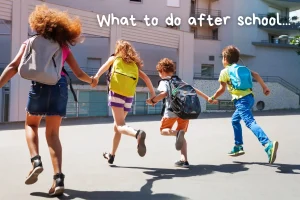
- Trusted by Over 2000 Schools Nationwide
- Top-Rated PD Provider ★★★★★ 4.77
- Save with our Kits & Packages – Shop Now! →
The Math & Movement program use instructional strategies with kinesthetic learners in mind. Connecting to movement to learning helps all types of learners and also helps to create equity in the classroom.
In one study, 3rd graders took a math test that focused on mixed multiplication facts. Based on the test results, a research team chose the five students who needed the most help with Math. These five students did not receive additional Math services from another teacher or special education program. After that, the students met with Math & Movement daily for 30 minutes over a 7-week time frame for 26 total sessions. By the end of the study, there was only a 35% increase for the Control Group. The control group had no Math & Movement lessons. For the group that met with Math & Movement, there was a 213% increase.

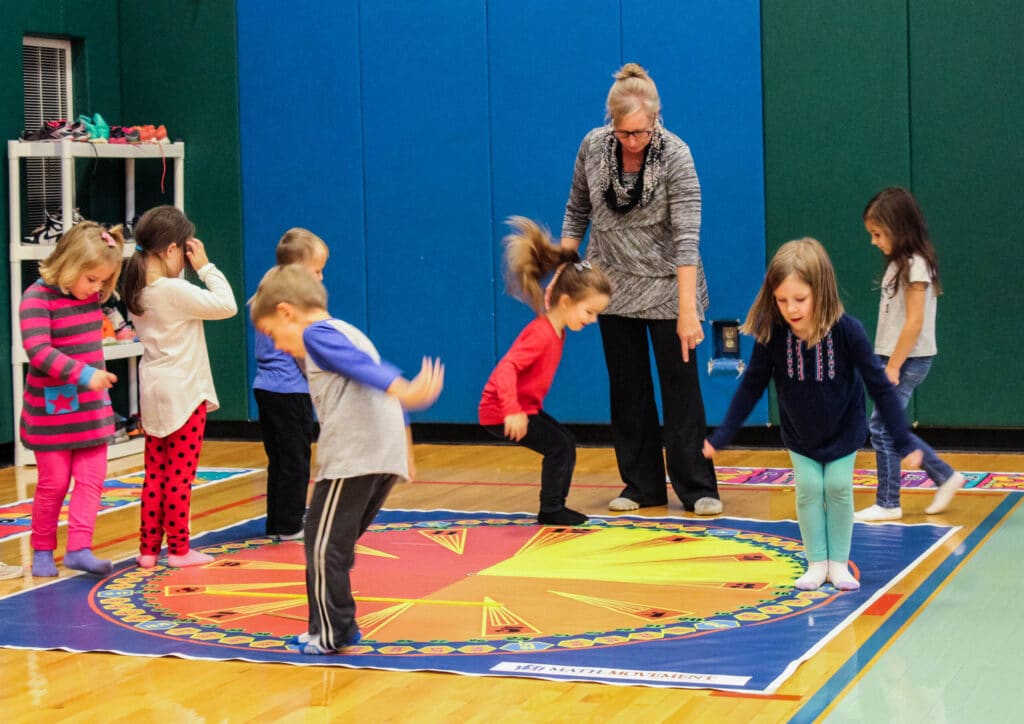
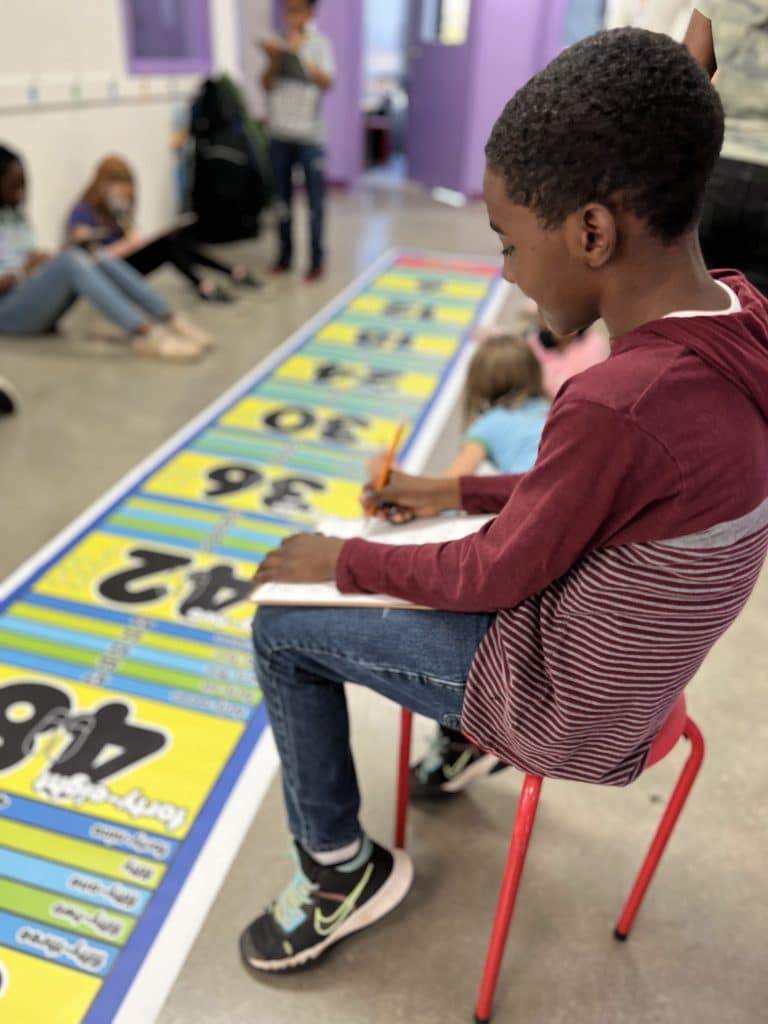
Our programs positively impact all students. During a symposium, a teacher identified one second-grade student who they said struggled in Math. He started using Math & Movement materials and instructional strategies and focused closely on solving multiplication problems. The entire time, he worked independently with great focus and determination with no support from his teacher. According to his teacher, he asks for breaks during class often because he wants to move around. The way he was so focused on learning through Math & Movement was like night and day. Before the symposium, he could hardly focus and was often distracted during class.
Math & Movement approaches education through individual learning styles. We focus on sensory, auditory or kinesthetic learning styles. Math & Movement is age appropriate at every level and can closely align with any curriculum. That way, when students learn through Math & Movement’s tools, like floor mats and unique exercises, they are on track with the curriculum. This is especially crucial for at-risk students because many of them are sensory learners. These traditional classroom methods leave many students out. Math & Movement’s learning style includes all students in the learning process.
Movement isn't just for recess
Want to get started with movement-based learning right now? Enter your email to get our training manual with over 250 active math movements. No materials necessary!

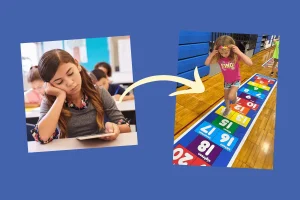
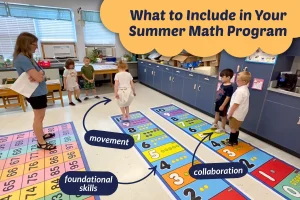
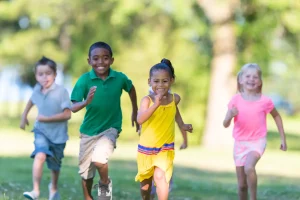
Subscribe to Our Newsletter
We never share or sell your data.
Please leave your email and a quick note for us. We will get back to you soon! In the meantime, here are answers to some of our most common questions:
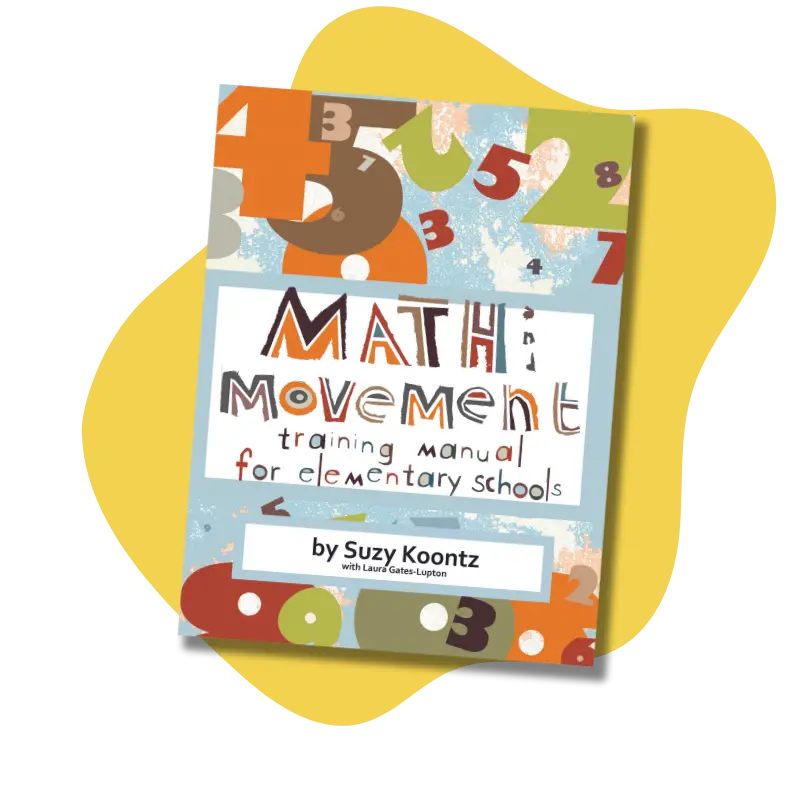
Enter your email to get our training manual with over 250 active math movements. No materials necessary!
We never share or sell your data.